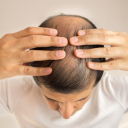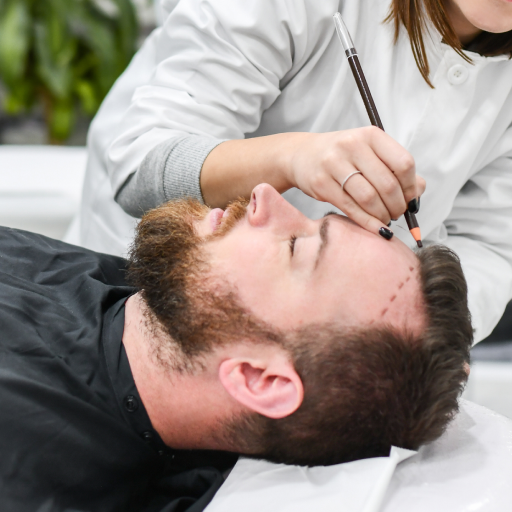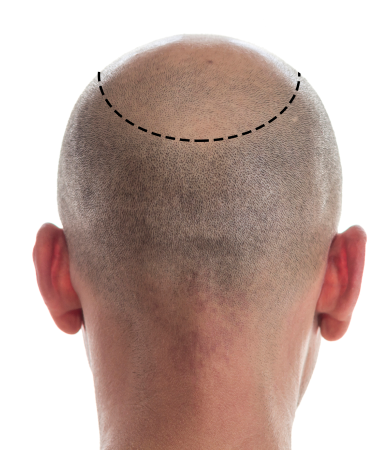Advantages of FUT Hair Transplantation
FUTs have several advantages, making it an appealing hair transplant surgery for those who want to restore their hair. You’ll have fuller, thicker hair sooner than you think when you choose FUT.
Recovery Time
The FUT recovery is manageable and the postoperative period could last between ten to 12 days. After FUT surgery, you may experience discomfort or itchiness at the donor and transplant sites. Our hair transplant surgeons can prescribe medication to ease any pain.
High Rate of Survivability
Your hair transplant surgeon will harvest follicles from the mid-donor zone, where your hair is continuously growing. Therefore, you must have enough hair in the donor area to qualify for FUT. During the FUT procedure, your hair surgeon carefully harvests the viable hair follicles, keeping the protective tissue intact to ensure quality grafts and higher survivability.
FUT Offers Natural-Looking Results
When you undergo FUT hair restoration, it will likely leave you with a thin linear scar. Usually, this scar is not more than 1 millimeter in diameter. However, there’s no need to worry because your natural hair can easily conceal it.
Successive Sessions Won’t Produce Additional Scars
Regardless of the number of FUT sessions you undergo, you won’t experience additional scarring.
Before making any decisions for yourself or your loved ones, visit The Hair Transplant Center – New Jersey. Our hair transplant specialists will be happy to answer any questions.
Do you want to schedule a consultation with one of our hair restoration specialists? Call us today or complete the form online and we’ll provide an estimate of the potential costs.


